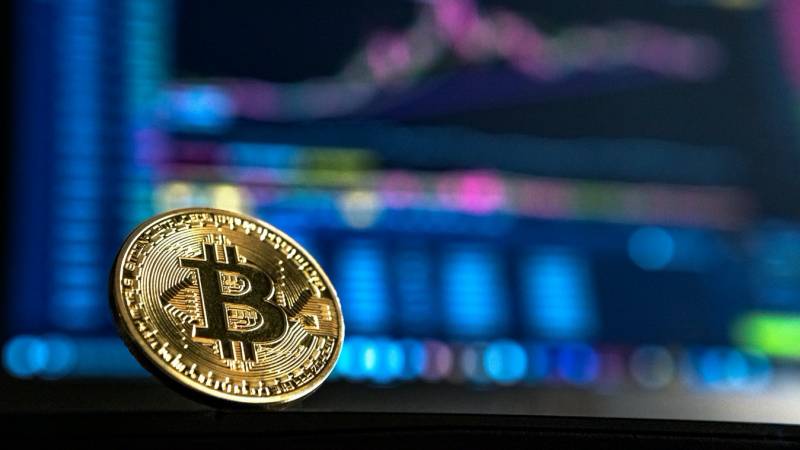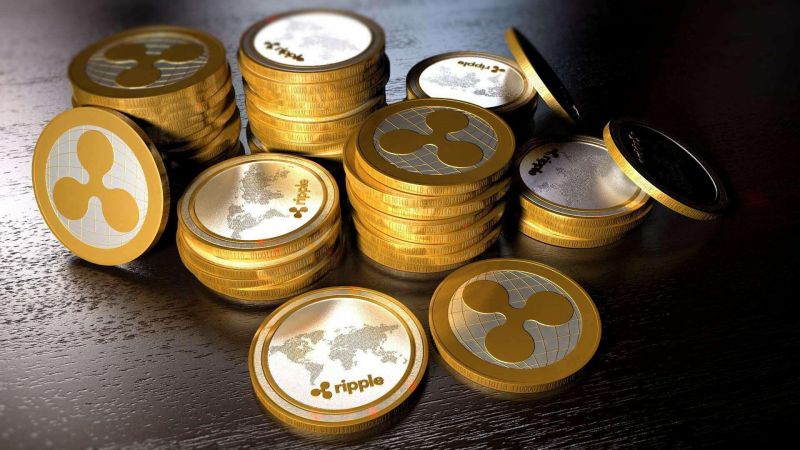In the last decade the world was introduced to cryptocurrencies, with Bitcoin being its main face. Investors saw in digital currencies a possibility to profit from their price variations and the strength they began to take. In addition to the investment market, cryptocurrencies also brought technological innovations with the aim of making currency exchanges increasingly safe and fast.
Japan was one of the countries heavily conquered by digital currencies and their modern technology. Despite Bitcoin being the most popular currency, another cryptocurrency called Ripple has also played an important role in the Japanese financial landscape. However, it was affected by the instability that cryptocurrencies can suffer.

Índice de Conteúdo
Understand what is Ripple
Before understanding what happened with Ripple in Japan, it is important to know the characteristics of this currency. Ripple (XRP) is a payment protocol developed in 2012 by the company OpenCoin. While Bitcoin and other cryptocurrencies aim to be decentralized currencies, independent of any bank or government, Ripple came with a slightly different proposal. To explore this, we need to understand how cryptocurrencies work.
from the blockchain, a modern technology that aims to secure and fast financial transactions through a network of interconnected computers, cryptocurrency transfers happen. The validation of these transactions is based on the consensus between the users participating in the network. Thus, there is no higher institution controlling the entire process.
This break with institutions was one of the main innovations that Bitcoin sought to bring, in order to provide more security for everyone who trades the currencies. The idea was that owning digital currencies would be more secure than owning traditional currencies, always susceptible to social and political conditions. Among some main factors, we can mention the fact that governments or banks can suddenly go bankrupt or withhold money from citizens for some reason.
Ripple, on the other hand, is a payment system that, together with the modern technology of cryptocurrencies, seeks to incorporate itself precisely with banks. That is, Ripple itself is also decentralized and its transactions take place in the same way as we explained above. However, Ripple developers present the objective of introducing this system to banking institutions, so that banks can also take advantage of the agility of transactions in this system and adapt to this new technological wave.
Ripple has its own cryptocurrency of the same name, also known by the acronym XRP. Despite this payment protocol accepts the transfer and conversion of any currency – traditional or digital – whether Euro, Dollar, Bitcoin… With that, from the adoption of the Ripple system by banks, cryptocurrencies increasingly enter traditional means.

Differences between Ripple and Bitcoin
XRP, or Ripple, is today one of the top three digital currencies in the world market, second only to Bitcoin and Ethereum. The payment protocol mentioned here is innovative, but its currency has also presented itself as an investment possibility. Like Bitcoin, Ripple is now also part of the portfolio of many cryptocurrency investors. But what are the differences between Ripple and Bitcoin?
There are a few main points that differentiate these two digital currencies. As we have already explained, one of the main differences is that Ripple came up with the proposal to merge cryptocurrency technology with banking institutions, while origin of Bitcoin aimed at just the opposite way.
Also, while Bitcoin goes through the mining process, Ripple is a currency that is issued by OpenCoin itself, the company that created it. In this way, your transactions are much faster than the processes involving Bitcoin and other cryptocurrencies. In the case of Bitcoin, transactions can take up to 10 minutes to take place on the network, as they depend on the block mining time. Transfers on Ripple happen almost instantly, in a matter of seconds.
This is even one of the main attractions for banks. We know that making a bank transfer takes some time. When the transfer is between different banks, or even different countries, we pay high fees and the process does not even take place on the same day. With the adoption of the Ripple system, the idea is that the bank can carry out agile transactions between anywhere in the world.

ripple in japan
The Japanese market has been one of the biggest supporters of Ripple and its technology since its inception. Several banks have tested their system for international transactions. However, for some time now, Ripple has been losing its place.
Ripple Enthusiasts
The “Ripple army”, as the currency's committed fans are called, had many adherents in Japan. For a while, Ripple was the largest cryptocurrency by trading volume in the country.
The popularization of Bitcoin around the world is great, but in Japan it was Ripple that attracted the eyes of investors and, especially, banks. Ripple system payment solutions enable secure, fast and transparent transfers, so countless banks and financial companies nationals began to experiment with Ripple in their transactions.
However, from a certain point, Ripple began to lose its popularity among the Japanese, who, like the rest of the world, started to pay more attention to Bitcoin.
Much of this is due to the devaluation of Ripple's price. Over the course of 2019, the value of Ripple has plummeted, while Bitcoin has nearly doubled. In this movement, the presence of Ripple also began to decrease in the portfolios of Japanese investors, who seemed to give preference to Bitcoin investments. In addition, it is also important to mention Ethereum in trading in Japan, which is one of the most traded cryptocurrencies today.

Exchange or investment currency?
Due to the low performance of the coin, we have seen demand for Ripple drop in Japan. Ripple has been losing its share as an asset, but on the other hand, it may not be leaving the scene that fast.
We cannot forget that at the core of the creation of cryptocurrencies was the intention to revolutionize the means of payment. They came up with that idea of decentralizing money and facilitating transactions quickly and securely. The movement in the purchase and sale of digital currencies for investment purposes was a consequence.
Especially in 2020, with limited travel, we can see a demand for technologies that facilitate communications between countries. In the case of financial transactions, Ripple already has a good infrastructure designed for fast and low-cost transfers across borders. It is difficult to predict whether this digital currency will regain its position in Japan and the rest of the world, but it may be that the current scenario favors a certain recovery of Ripple, as a possible growth in the adoption of its technology contributes to the appreciation of its currency.





